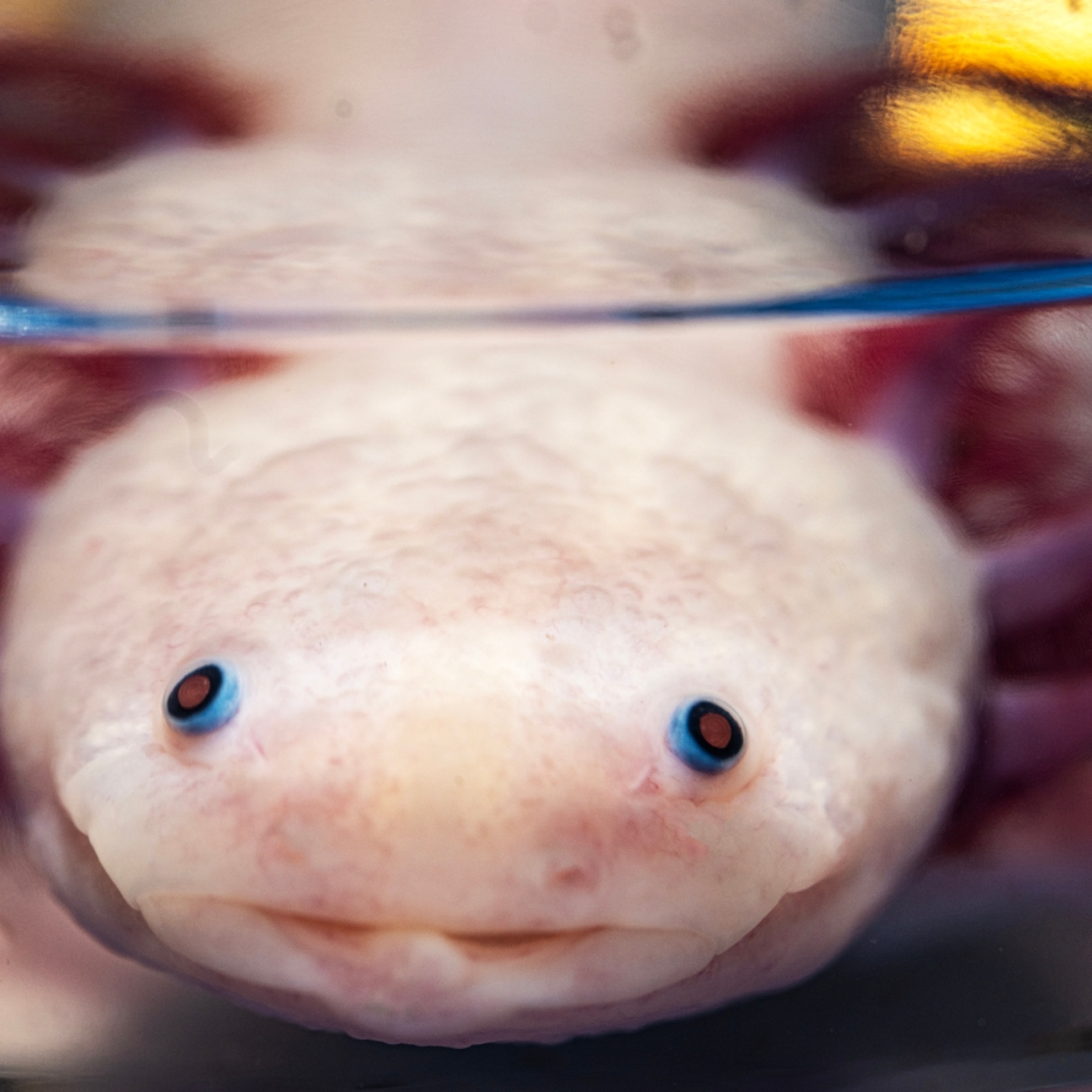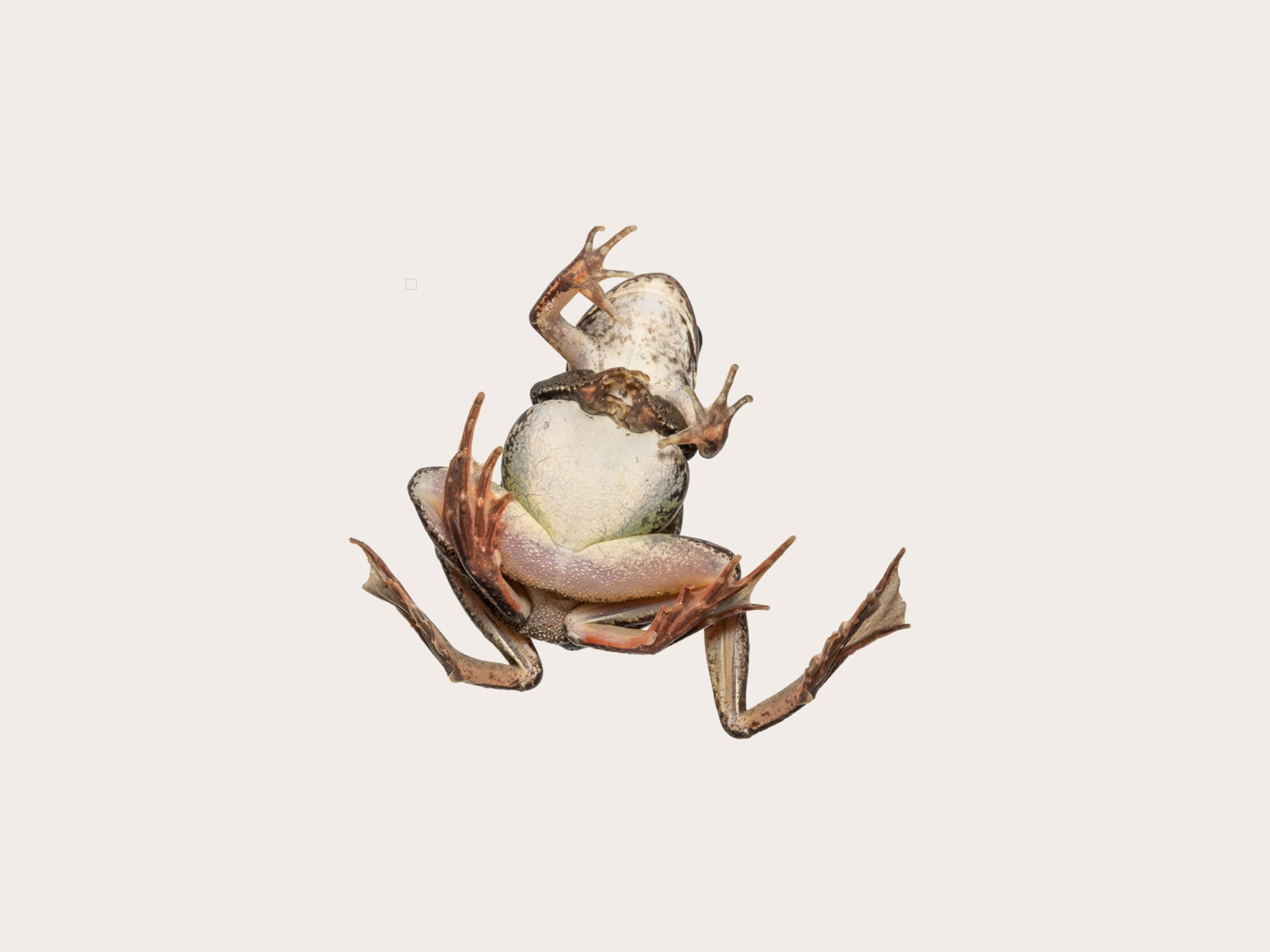
New species of giant salamander discovered in Florida
Scientists have discovered a two-foot-long salamander species in Florida and Alabama that has the spots of a leopard and the body of an eel.
There have been whispers for decades that a creature with the spots of a leopard and the body of an eel lurked in the swamps of Florida and Alabama. Rumor had it the animal was as long as a man’s arm, with glistening gray skin, and frills on either side of its face.
But unlike Bigfoot and the Loch Ness Monster, this animal is real. And today scientists have given it a name: the reticulated siren.
“It was basically this mythical beast,” says David Steen, a wildlife ecologist at the Georgia Sea Turtle Center and co-author of a paper officially describing the new species published December 5 in the journal PLOS ONE. Informally, people have called it the leopard eel, though it is clearly not an eel (and zero parts big cat).
Sirens are among the world’s largest salamanders—and this species, also known as scientifically as Siren reticulata, grows up to two feet in length. Like other members of the Sirenidae family, these creatures are completely aquatic, Steen says.
Unlike most salamanders, sirens have lost their hindlimbs through millions of years of evolution. They wear their gills on the outside, which absorb oxygen from water in the murky ecosystems they inhabit. Sirens also lack eyelids and sport tiny, horny beaks instead of teeth.
The new species is one of the largest creatures to be described in the United States in over 100 years. And it could have gone longer. Steen says it took about five years of searching ponds and waterways in the Florida panhandle before they could come up with enough specimens to describe the species.
Related: Photos of colorful amphibians
These are animals that spend their entire lives below the surface, and they apparently like turbid water that makes observations extremely difficult. Not much else is known about the new species, though it’s thought to feed on things like insects and mollusks.
“What immediately jumps out about the reticulated siren that makes it so different from currently-recognized species is its dark and reticulated [or net-like] pattern,” says Steen. “It also seems as though they have a disproportionally-smaller head, as compared to other sirens.”
Own dime, own time
Steen captured his first reticulated siren in a minnow trap at the Eglin Air Force Base in Florida in 2009. It was the first time the species had been seen by a researcher, apart from a few museum specimens collected in the 1970s.
When Steen first held a reticulated siren in his hands, he says he spent a long moment in “stunned silence.”
He and first author Sean Graham, now a vertebrate zoologist at Sul Ross State University in Texas, had been searching for the creature on and off for several years as they completed their PhDs at Auburn University in Alabama. At the time, just four siren species had been described by scientists, though some notes in the backs of books suggested there was at least one more—a spotted siren that didn’t seem to fit with the other known species.
They had no official funding. The search for the mystery salamander was little more than a passion project—something the duo pursued on their own time and on their own dime, says Steen.
Unfortunately for Graham, he wasn’t there for that first capture. But he traveled to Florida as soon as Steen told him he’d caught a specimen. Upon seeing it, he was thrilled. “To say he was excited would be an understatement,” Steen says.
The long road to discovery
While the official description of the reticulated siren will be news to most of the world, for the scientists who study amphibians, this moment has been eagerly awaited.
“It was a long time coming,” says Jennifer Stabile, an associate research scientist with Field Projects International, a company that helps teach students in the sciences how to do field work. “People had been discussing this for decades, how these groups needed to be looked at because we knew that there were more species there than had been documented.”
Earlier in her career, Stabile was part of a team that discovered that two other siren species, the greater siren and southern dwarf siren, will actually go out of their way to eat plants. (Prior to this, it was believed the animals only ate invertebrates.) She is also one of only a handful of people on the planet who have successfully bred sirens in captivity.
“So when I saw that this paper had been published, I was super stoked,” says Stabile. “I’ll never forget the first [greater siren] that I caught in a minnow trap, because they’re huge!”
Alexander Kupfer, a vertebrate zoologist and herpetologist at the State Museum of Natural History Stuttgart in Germany, echoed those sentiments. “The sirens are a group of salamanders which have always been a bit underestimated in terms of species numbers,” he says.
Thus, it makes sense that there would be undescribed species such as this one right under our noses, says Kupfer, who discovered that the males in some siren species, such as the lesser siren, appear to practice paternal care in the form of egg-guarding.
The discovery is just the beginning of the road for researchers, since we still know very little. Do the reticulated siren males guard their eggs as lesser sirens do? And how many other species might be out there?
“There’s a lot that we have left to learn even just in the swamps and the forests in our backyards,” says Steen.































